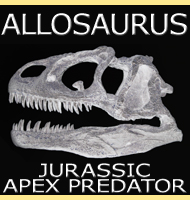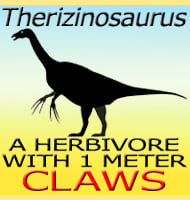Allosaurus
In Depth Along with Tyrannosaurus, Allosaurus is probably the most often represented large theropod dinosaur in popular culture. This is because it was one of the earliest discovered large predators and is known from more remains than any other large predatory dinosaur. One myth about Allosaurus that does need to be dispelled is that it … Read more

